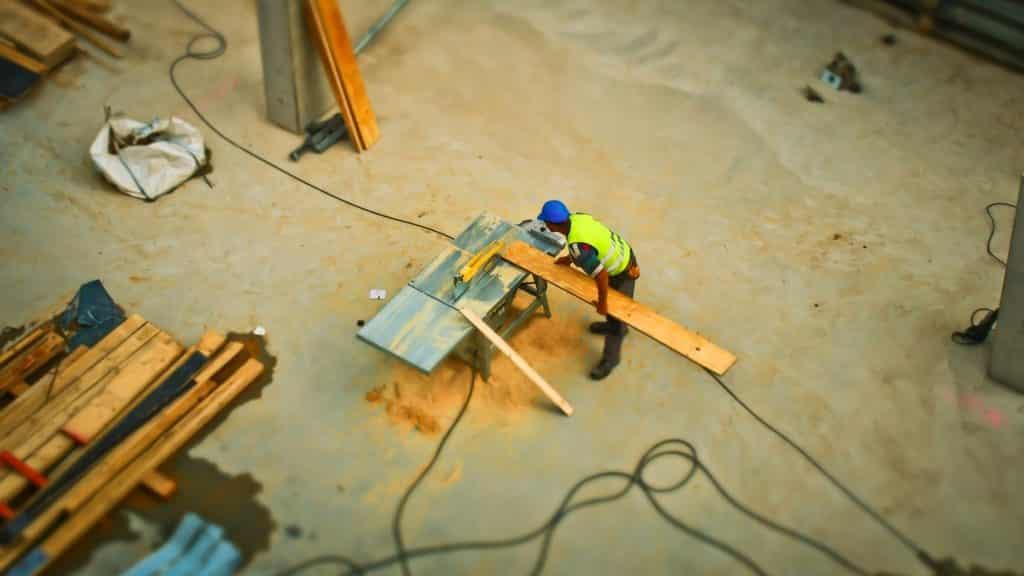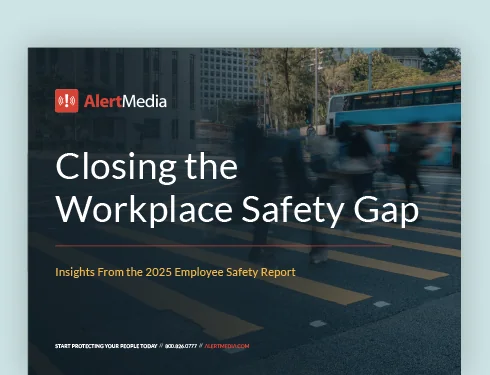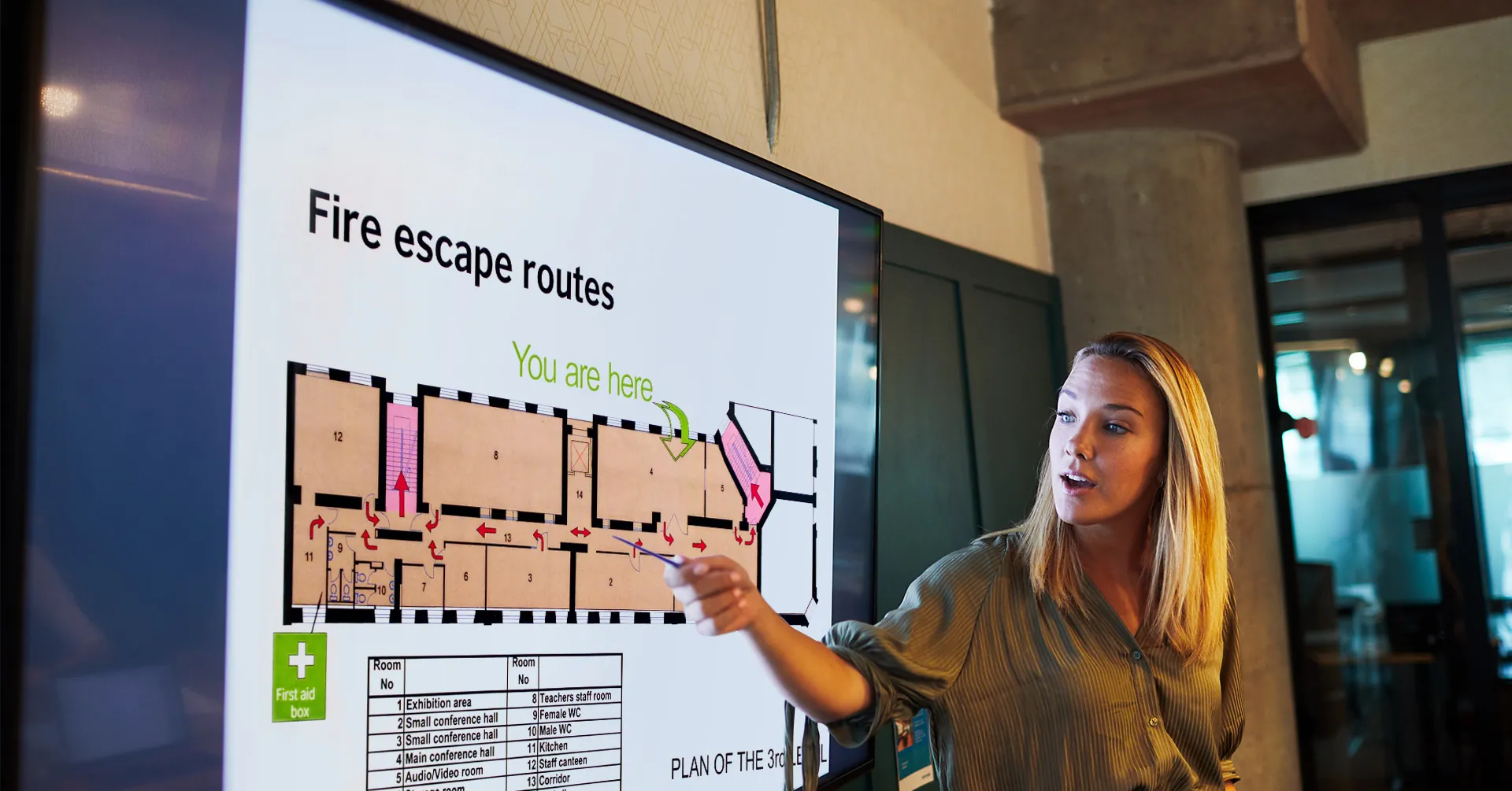
Are You Doing Enough to Keep Your Lone Workers Safe?
If you have lone workers on staff, it’s your obligation to keep them as safe as every other employee. Are you doing enough?

Not every employee has the benefit of working with peers. Some are lone workers who do their jobs alone or with little interaction from coworkers. Contractors, field workers, home health care nurses, social workers, realtors and fleet drivers are just a few examples of lone workers. It is estimated that Canada, the United States and Europe have 53 million lone workers combined; approximately 15 percent of the overall workforce. IDC estimates 1.3 billion people are considered mobile workers, many of whom work alone all or part of their day.
What is a Lone Worker?
The Health and Safety Authority defines lone workers as:
- People in fixed establishments where only one person works on the premises, e.g., in small workshops, kiosks, gas stations, shops, and home-workers
- People who work separately from others, e.g., in factories, warehouses, some research and training establishments, leisure centers, or fairgrounds
- People who work outside normal hours, e.g., cleaners, security, special production, maintenance, repair staff, etc.
- People who work away from their fixed base, e.g., on construction sites, plant installations, maintenance and cleaning work, electrical repairs, lift repairs, painting and decorating, vehicle recovery, agricultural and forestry workers
- Service workers such as rent collectors, postal staff, social workers, home help, district nurses, pest control workers, drivers, engineers, or architects
These workers have important and often dangerous jobs. How can an employer or coworker protect these employees, and what can the lone worker do to maximize their own safety? Any costs required to ensure the safety of these employees is nothing compared to the possible consequences of someone being injured on the job without anyone knowing or the ability to call for help.
Keeping Lone Workers Safe
In many countries, including the United States, employers are required to provide for their employees’ safety. This includes maintaining a safe work environment and providing necessary safety equipment to those who need it. This obligation doesn’t end at your office door, it follows your employees wherever they go for business purposes. Whether they work alone in the field or are traveling abroad, as an employer you must do what you can to provide a reasonable degree of safety. This is an ethical and legal standard broadly known as an “employer’s duty of care.”
It’s up to the employer to ensure their employees, lone workers or not, are adequately protected and have the means to get help if needed. In fact, Section 19 of the Safety, Health, and Welfare at Work Act of 2005 requires the employer to undertake a risk assessment before they can dispatch a lone worker.
There are many different variables that come into play when it comes to these assessments. The environment, work conditions, required tasks, accessibility to first aid, and the potential for physical violence from outsiders are just a few considerations. If safety cannot be established, the employer must arrange for onsite help or dispatch a fellow worker. While employers are on the hook for the majority of the obligation, they don’t shoulder the entire burden.
Employees share a portion of the responsibility. They have the following duties:
- Take reasonable care to look after their own safety and health
- Safeguard the safety and health of other people affected by their work
- Cooperate with their employer’s safety and health procedures
- Use tools and other equipment properly, in accordance with any relevant safety instructions and training they have been given
- Not misuse equipment provided for their safety and health
- Report all accidents, injuries, near-misses, and other dangerous occurrences
Lone Worker Technology to Consider
In order to minimize risks, employers must implement a series of control measures, such as providing a way for the lone worker to communicate with the employer and/or first responders. Increasingly more companies are investing in mass communication software and employee safety monitoring solutions like AlertMedia’s. These systems vary in how they operate, but they all can help you respond to emergencies more effectively.
Personal safety devices
One of the most common pieces of lone worker technology is personal safety devices. These are designed to help lone workers dissuade would-be threats and to call for help. AlertMedia’s lone worker solution is a way for workers to turn their cellphone into such a device. Before entering a potentially dangerous situation, the lone worker can start a timed session. If the timed session expires or the person pushes the panic button in the app, an alert is sent to an offsite monitoring center that uses GPS to locate the lone worker. Help is immediately sent to the user’s location.
The monitoring service uses the information previously provided by the worker to provide first responders or employers with identifying information such as height, weight, hair color, and even a real-time description of the clothing they are wearing.
This has been a life-saving feature for lone workers in the social work industry.
Social workers and health care nurses, in particular, frequently face threats from family members and unruly patients. In a study of 10,000 licensed social workers, 44 percent reported they faced personal safety issues in their primary employment practice, and 30 percent of them did not think their employers adequately addressed the safety issues. More than 20 percent of registered nurses and nursing students reported being physically assaulted in 2014 – and those are just the reported cases.
A “hands-free” app like AlertMedia saves precious seconds in an emergency alongside GPS tracking that can pinpoint the lone worker’s exact location. Being able to input your physical features, clothing, and the exact location you are visiting ensures help can find the lone worker much faster.
Threat monitoring
In order to make sure that your employees are as safe as possible, it’s not enough to just respond to their emergencies. If you can predict and stay abreast of potential problems, you can help your people avoid dangerous situations altogether. Threat monitoring services use professional analysts to aggregate a wide variety of dangers that could present problems to your company. These can range from simple hazardous weather alerts to rarer occurrences such as terrorist attacks or riots. Some providers, like AlertMedia, even go a step further and can plot these incidents on a map for you, and can proactively notify relevant employees automatically so that nobody is ever left in the dark. By leveraging this technology, you can make sure that you never negligently put your employees in a dangerous situation.
Practice Makes Perfect
Of course, no matter what precautions employers take or which personal safety devices they use, they should establish emergency procedures and thoroughly train their employees in them. Lone workers must know how to use the technology as well as the steps they should take to ensure their own safety. They should know their surroundings and practice “what if” scenarios. Not every scenario can be planned for, but every worker should know how they would communicate in an emergency, where they can find first aid, where danger and safe zones may be, and how they would remove themselves from a dangerous situation.
As most companies have an emergency alert system in place in their facilities, lone workers should be afforded the same amount of protection. No matter where an employee works, they should be confident that their safety is a top priority for their employer. Every second counts, so employers should find the technology that removes the most steps between their employees and the help they need. Be sure your employees, lone or not, have what they need to perform their work to the best of their ability with the faith that should a threat or emergency arise, they are not alone. “Lone” should not mean “alone.”
For organizations looking for more information on how to keep their lone workers safe in the field, here are a few helpful resources:
- Our guide on creating and implementing a lone worker safety program.
- Social Work Today recently published an informative article on lone worker safety called “Social Worker Safety: Ultimate Self-Care.”
- The Division of Occupational Safety & Health (DOSH) published a guide called “Working Alone Safely: Controlling the Risks of Solitary Work.”
- From the UK comes a similar guide from its Health and Safety Executive (HSE) entitled “Working Alone: Health and Safety Guidance on the Risks of Lone Working.”




